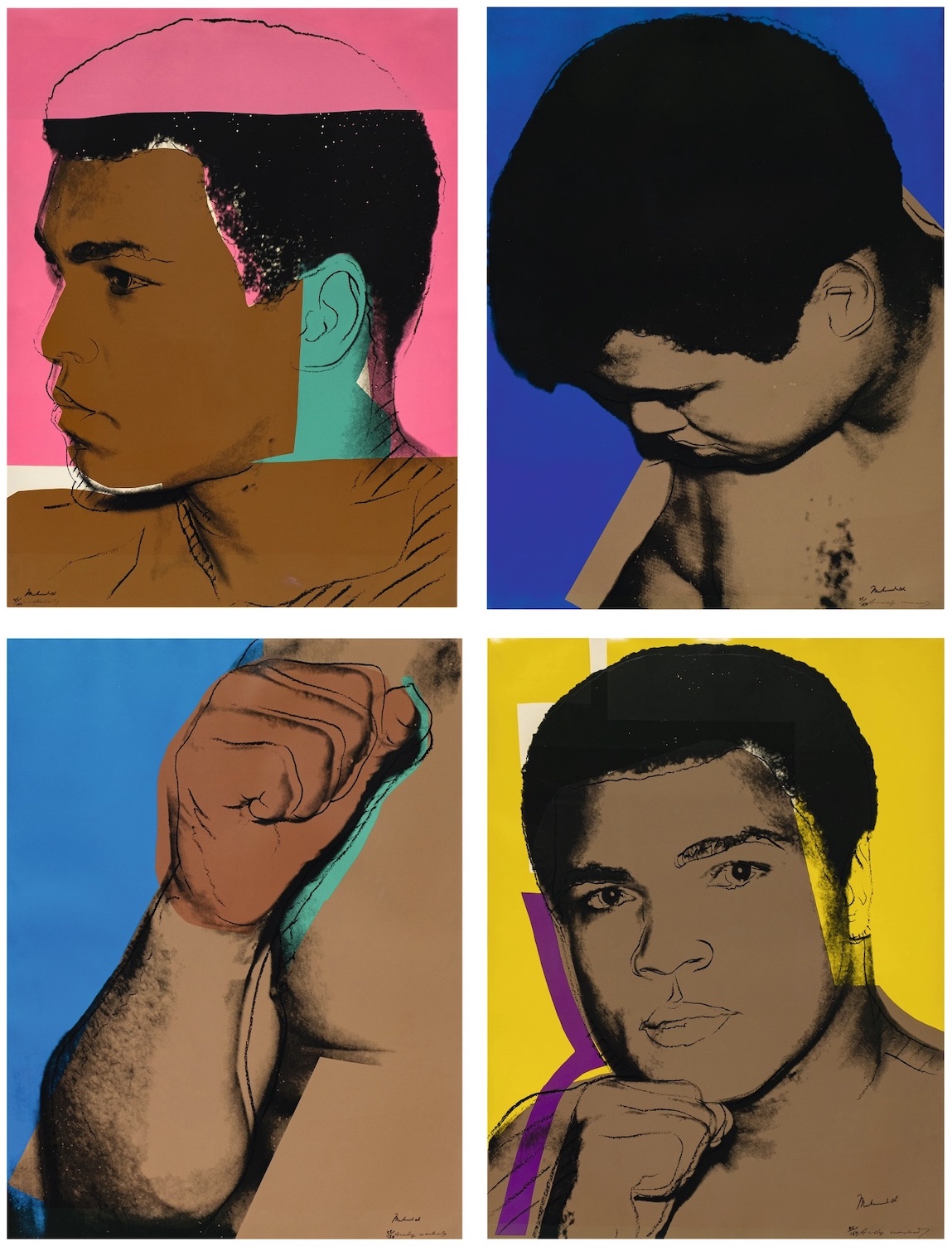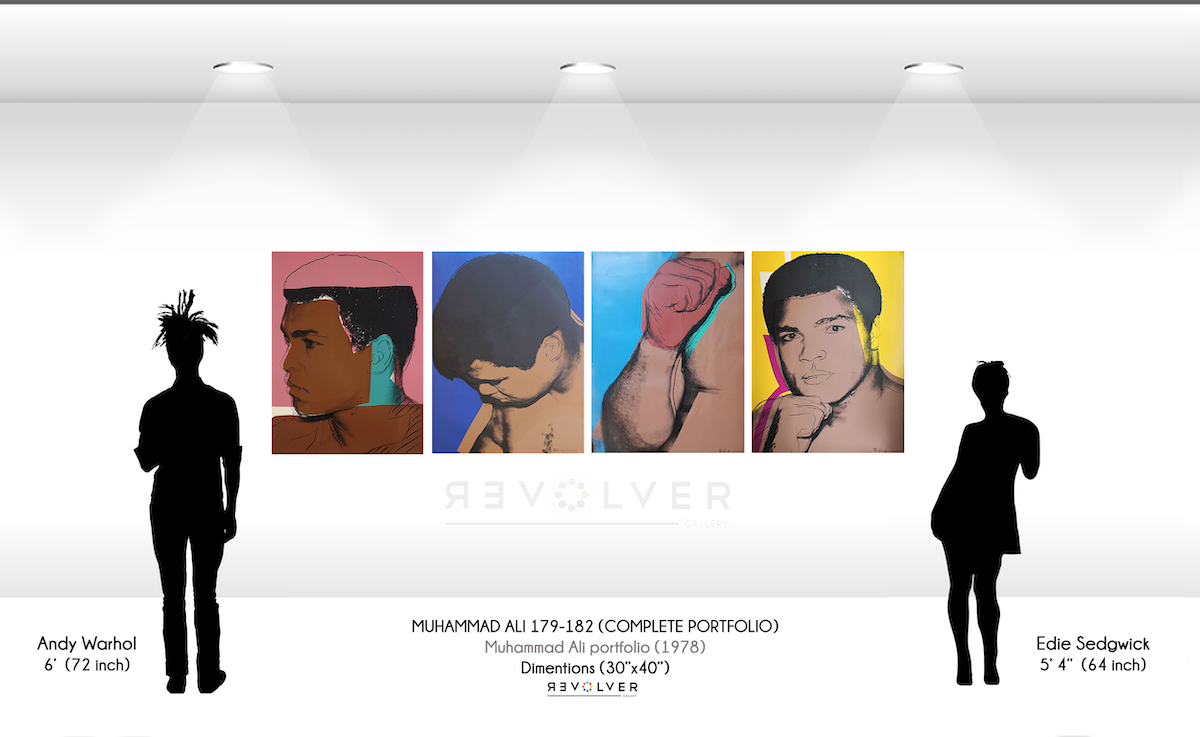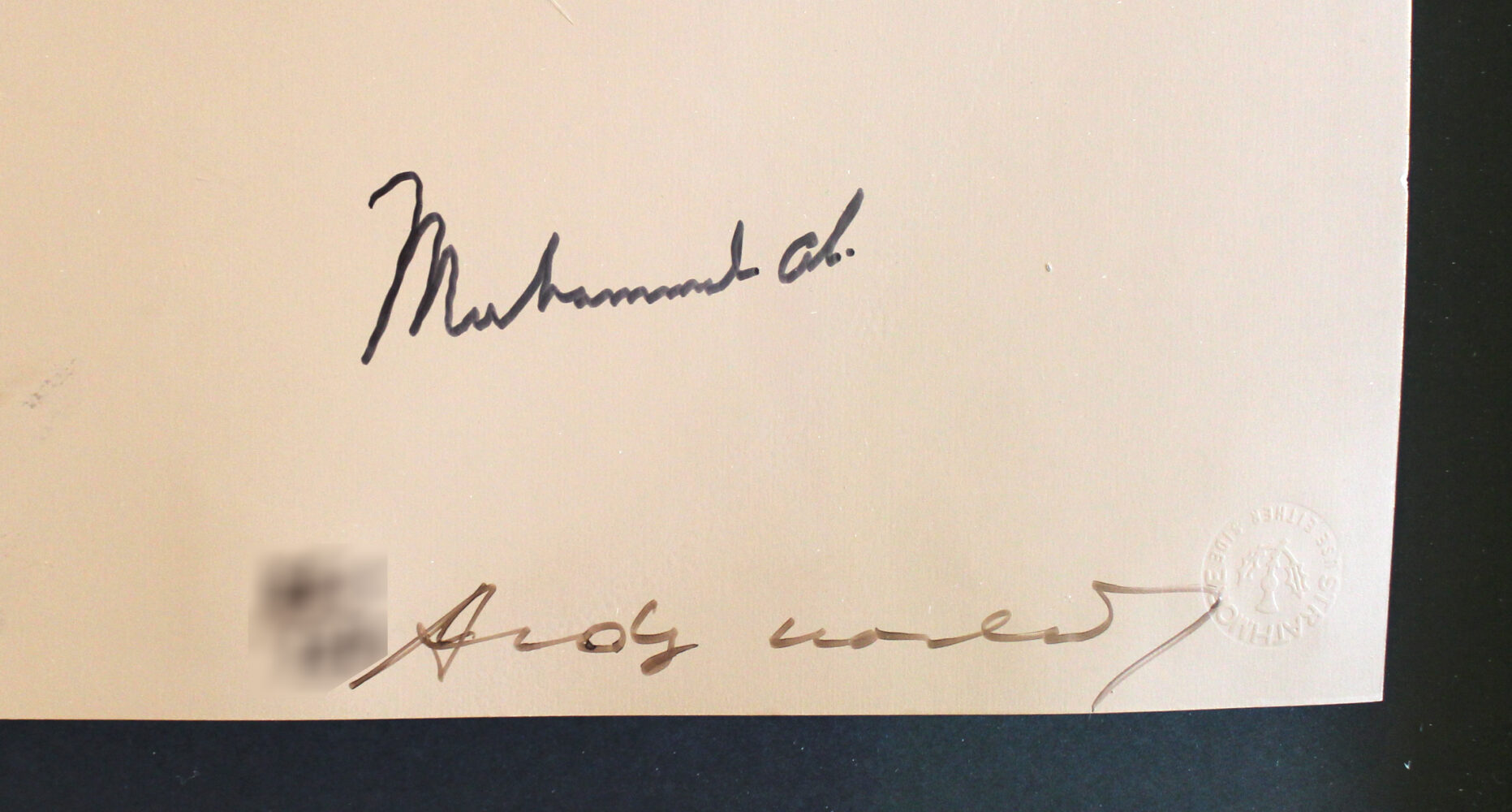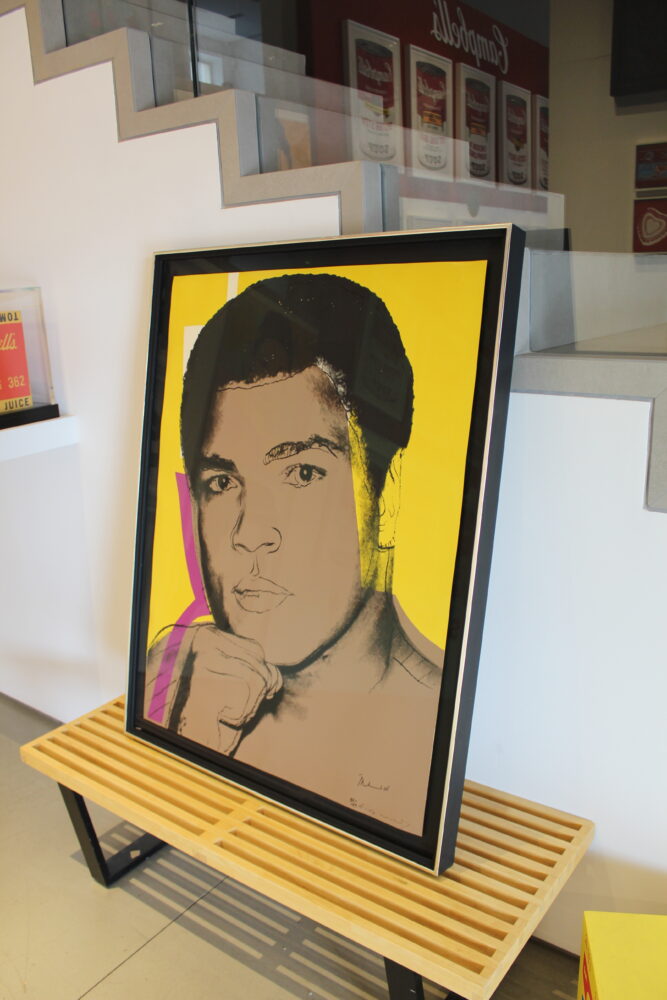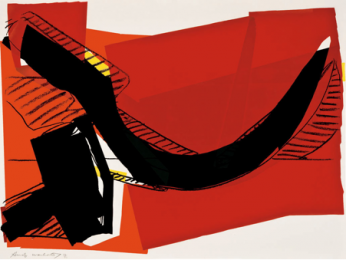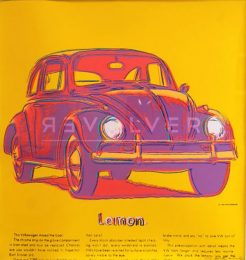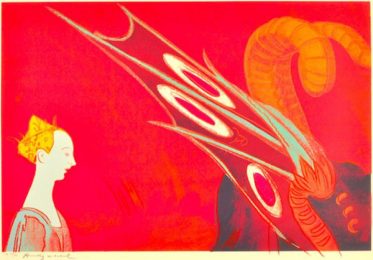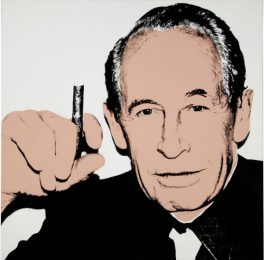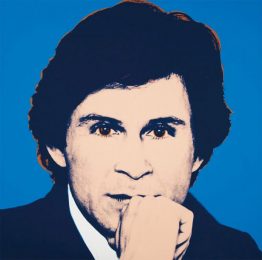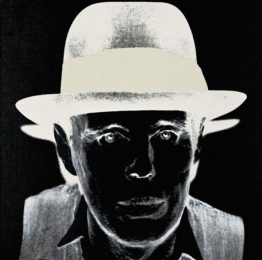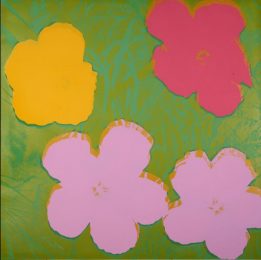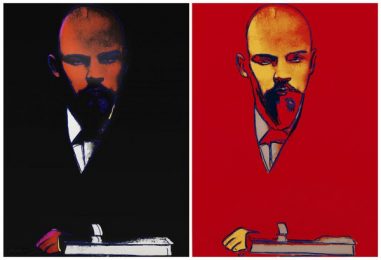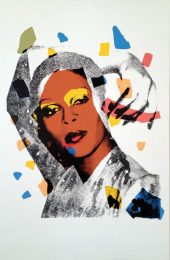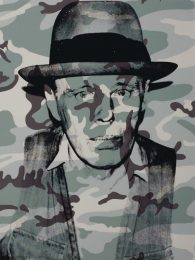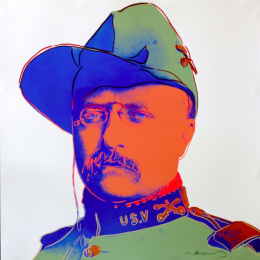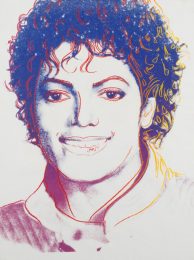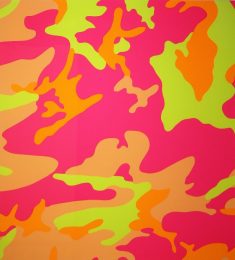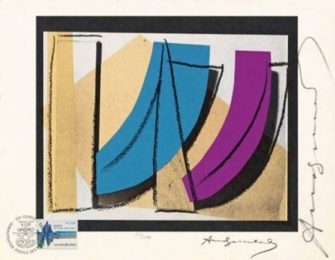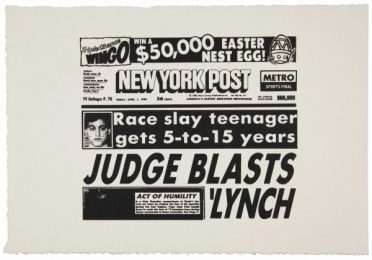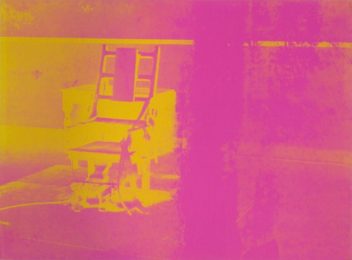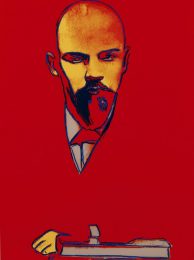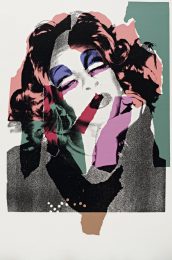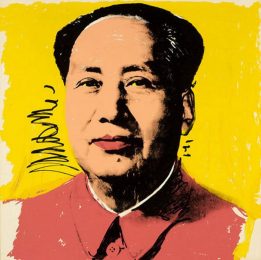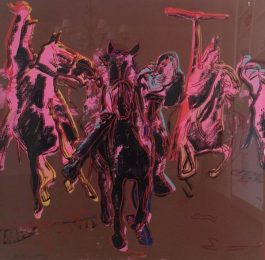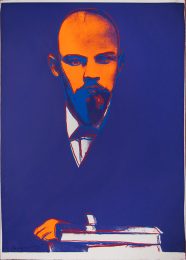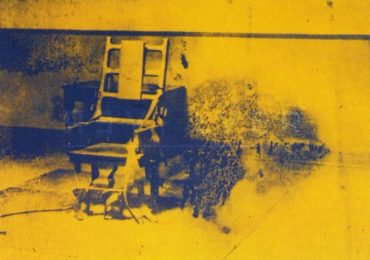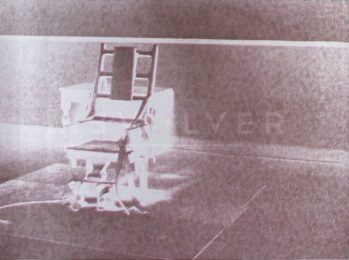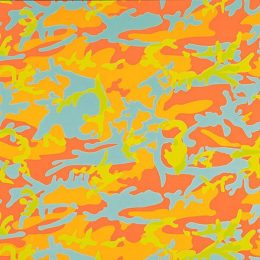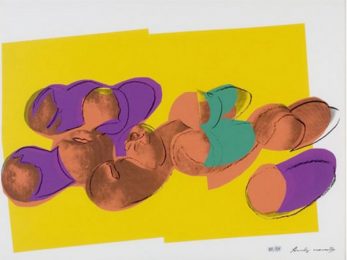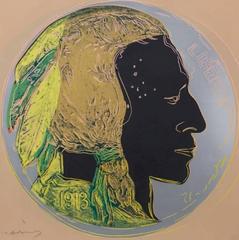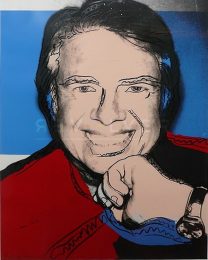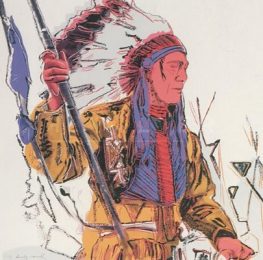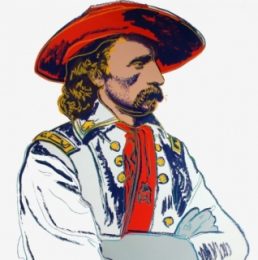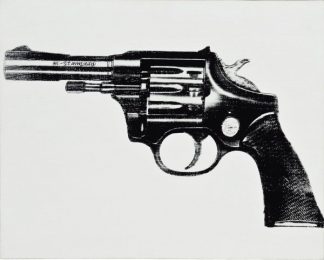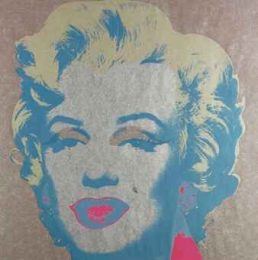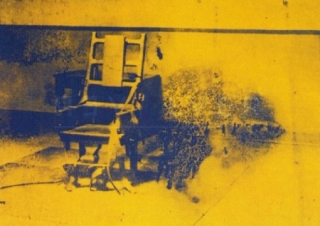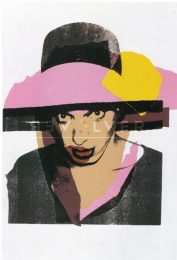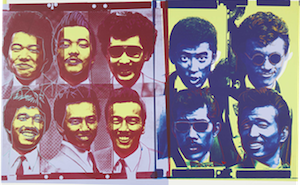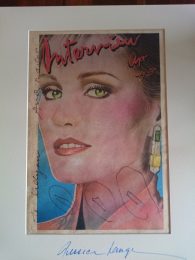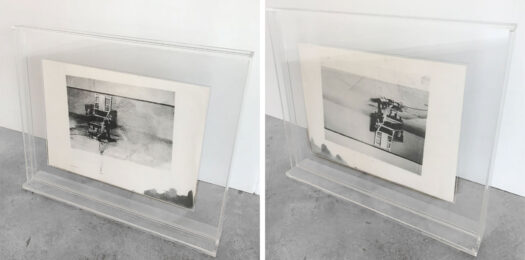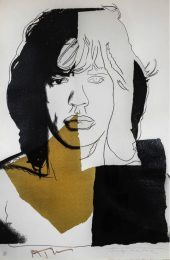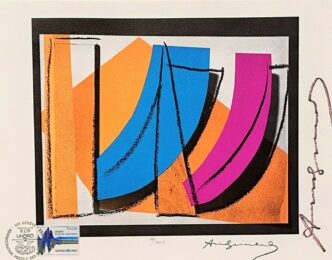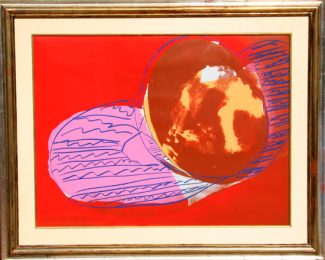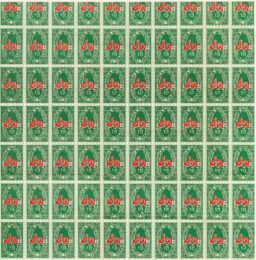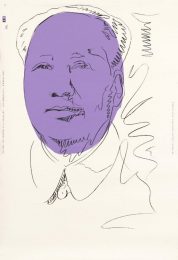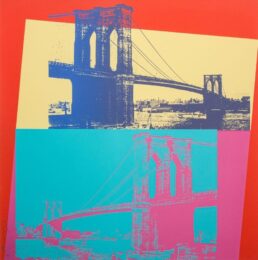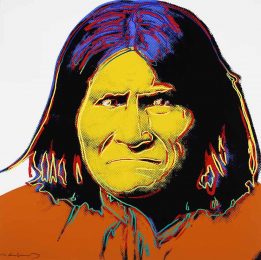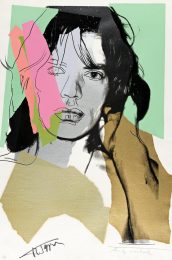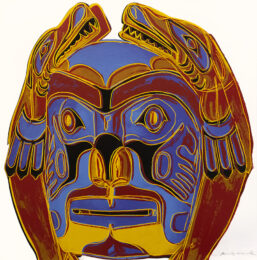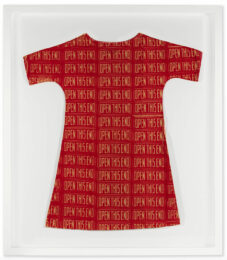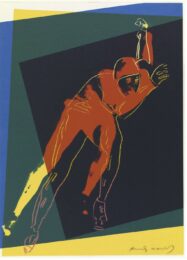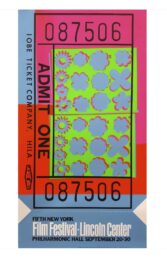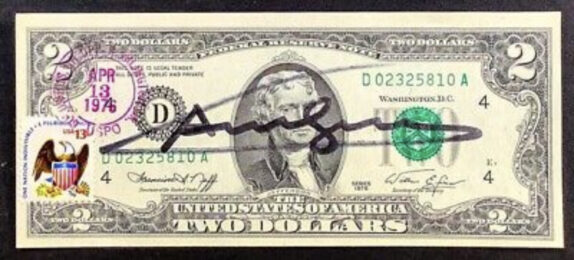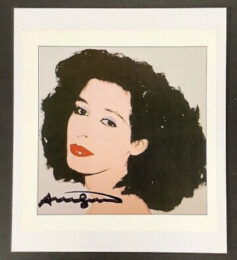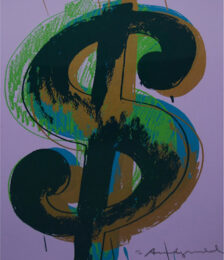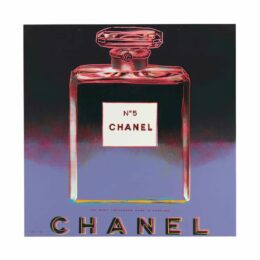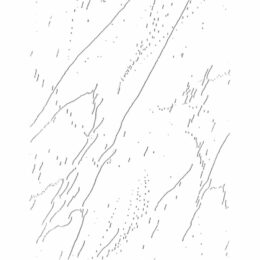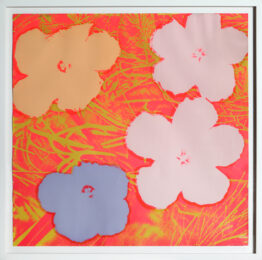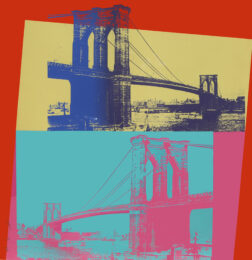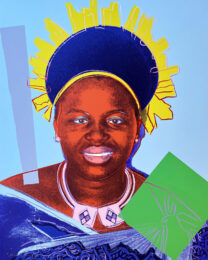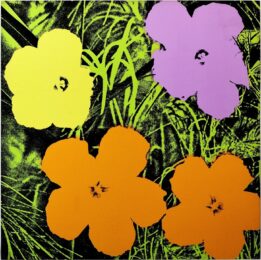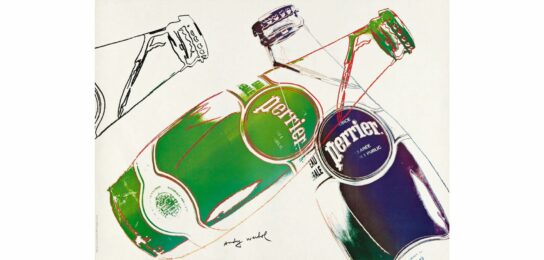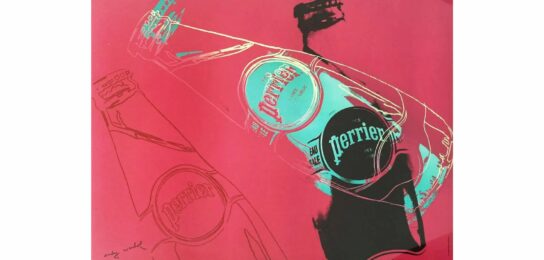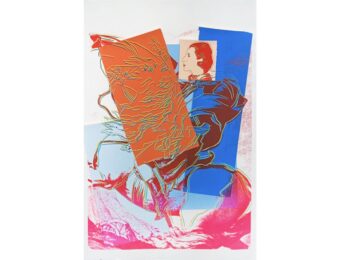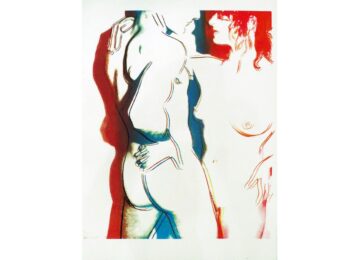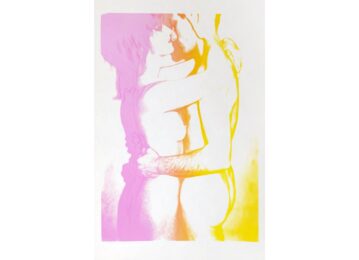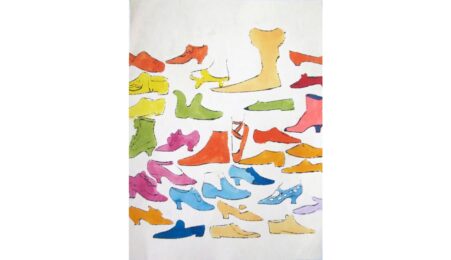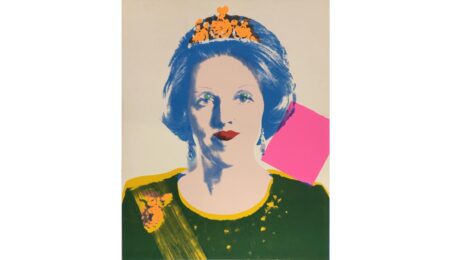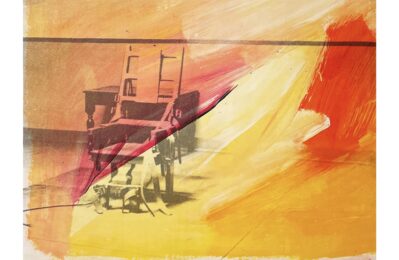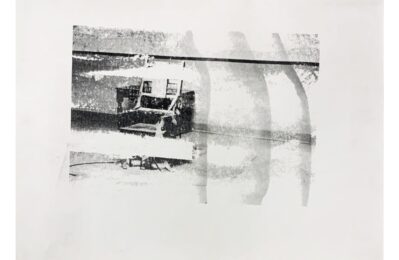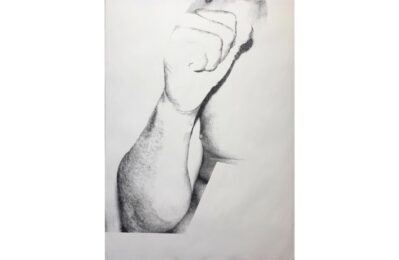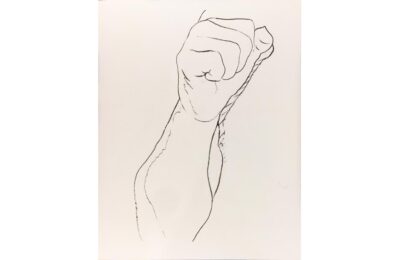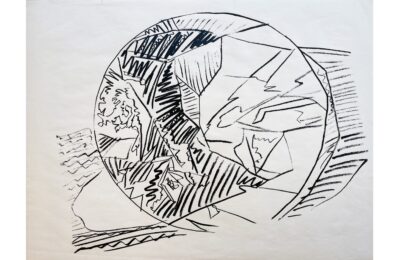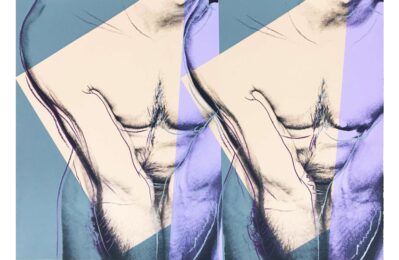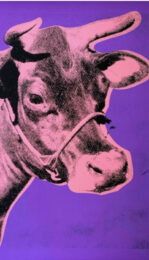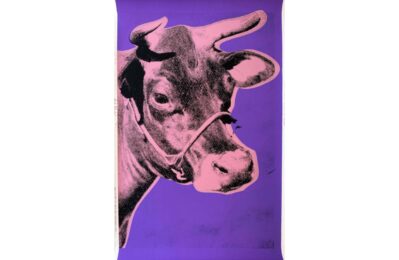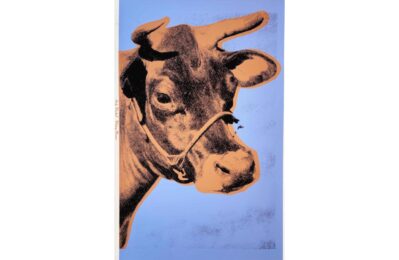Details — Click to read
Andy Warhol published his Muhammad Ali portfolio of 4 prints in 1978, just one year after completing his Athletes series of paintings, which also included the boxer. The work is notable for being the first series Warhol printed featuring an athlete, and also as the first depiction of a black figurehead in Warhol’s work.
This particular set of four prints, acquired by Revolver Gallery in October of 2022, are signed by both Andy Warhol and Muhammad Ali, making them especially rare. Unlike some other series in which Warhol’s subject would sign the prints alongside him, such as Warhol’s Mick Jagger portfolio, Ali did not sign the prints as they were published. According to Harlan Werner, who was Ali’s memorabilia agent for over 30 years, there are only 6 known complete editions of the portfolio that are signed by both Ali and Warhol. These were signed on July 13th, 1999 in Los Angeles, California, where Werner was present for the signing. Ostensibly, some individual prints have been signed by Ali—still, only 6 full series include both Warhol’s and Ali’s signatures. There is thus an unknown number of individual “double-signed” Muhammad Ali prints, only signed by the boxer on rare occasions after the series was published in 1978.
Warhol was commissioned by Richard Weismann to create a series of athlete portraits in 1977. To capture images of Ali, Warhol traveled to his training camp near Deer Lake, Pennsylvania, dubbed “Fighter’s Heaven.” He shot various photographs of the boxer using his trusty polaroid camera; he used to cal it his “pen and paper.” At the time, Ali was a three-time heavyweight champion, and a quintessential figure to illustrate the blurred lines between common notions of celebrity and the public identity of sports figures. While an image of Ali was included in Athletes, the Muhammad Ali complete portfolio departs from Weismann’s original commission. Warhol decided to use four additional photos for the Muhammad Ali portfolio itself. Thus, in the series, Warhol performs an intimate study of the famous boxer.
The Muhammad Ali portfolio includes action photos of the boxer taken in the midst of a training session. Ostensibly, Ali was an uneasy subject, not used to posing for the camera. In Muhammad Ali 179, Warhol captures Ali in profile—his face color-blocked in a warm brown. He looks left toward an unseen opponent. In 180, Warhol depicts Ali looking downward, his eyes unseen as he appears to evade a blow. Muhammad Ali 181 captures only Ali’s fist and chest, a powerful depiction of the instruments that made Ali famous. In 182, we see Ali facing frontwards, hands guarding his face and looking directly at the audience, ready to fight.
In all of these portraits, Ali appears with energy and intensity. The portraits feature warm brown color blocking on Ali’s face and body against bright backgrounds with small colorful details. Warhol outlines details of the portraits with thin, black strokes and dark smudges of shadow. The compositional variety in the portfolio captures multiple sides of Ali. Muhammad Ali 180 and 182 appear to capture the most movement, 179 and 181 appear to capture Ali in fragments.
When speaking about his Athletes series, Andy Warhol famously said, “I really got to love the athletes because they are the really big stars.” In the portfolio, each portrait captures the details of what gave Ali his superhero-like persona. As always, Warhol depicts fame with nuance, capturing the complexities of Ali’s persona in each portrait.

